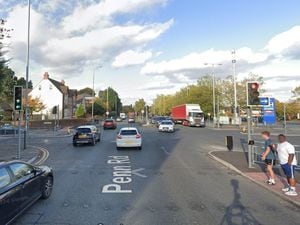Raymond Morris: How one police officer stared into eyes of a child killer
Looking into the eyes of the man accused of the most sickening and notorious child killings in the Midlands, police officer Trevor Lowbridge was struck by his steely, calm presence.
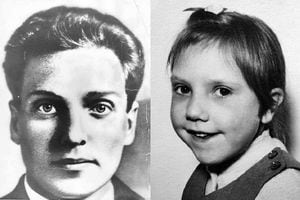
"I asked his name and he just looked at me, he just had vague, staring eyes. He was cold, calculated and icy the whole time," remembers the detective constable who interviewed Cannock Chase child murderer Raymond Morris.
Reliving the moment in the police interview room 47 years ago, the former officer's recollection is still vivid.
It was 47 years ago that Morris tried and failed in his plan to sexually assault and kill another child, a move which ultimately proved to be his undoing. He was arrested the following day.
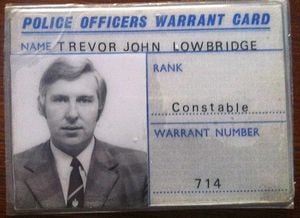
Dc Lowbridge, from Great Wyrley, was part of a two-man team given the task of interviewing Morris, playing the 'good cop' in an attempt to entice him to talk.
He recalls Morris took his time over every question, even when asked his name. "He'd just look at me, it might have been four or five seconds but it seemed like a minute and a half, before he replied 'I'm Raymond Morris.'
"There was this big silence again when I asked him where he lived, so you just couldn't build up any rapport at all. He never gave me the impression that he was a friendly sort of person."
Though only ever charged with the killing of seven-year-old Walsall school girl Christine Darby, Morris is widely believed to have murdered Margaret Reynolds, aged six, and five-year-old Diane Tift, who were found buried on top of each other in a ditch off Mansty Lane, Penkridge, in January 1966.
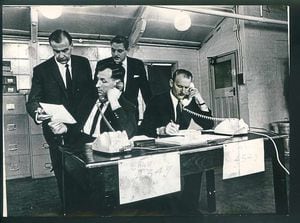
Other suspected victims include 10-year-old Jane Taylor from Cannock who was abducted in the summer of 1966 and has never been seen since, with Morris being the chief suspect.
Mr Lowbridge said: "While there is no clear evidence, to my knowledge, to connect him to the disappearance of Jane Taylor, it's one hell of a coincidence. This must still be unbelievably distressful to her family, the hurt of not knowing what happened."
Margaret Reynolds went missing on her way to school in Aston on September 8, 1965. Two thousand people searched for the youngster in the hours following her disappearance.
Then Diane Tift disappeared on a short walk to her grandmother's house in Bloxwich on December 30 that year. Tragically the bodies of both girls were found by a workman dumped in a ditch at Mansty Gully on Cannock Chase on January 12, 1966.
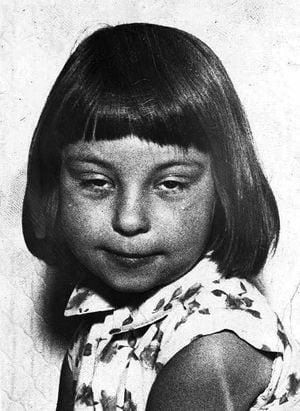
A huge police investigation followed, with endless man-hours spent on tracking down the killer, but to no avail.
Then, in August 19, 1967 seven-year-old Christine Darby was enticed into a grey Austin A55 car by a man near her home in Camden Street, Walsall. She was an only child and lived with her shop assistant mum Lillian and grandparents. The youngster had left her home to play with friends when she was kidnapped at around 2pm.
Witnesses in Walsall said that they saw a man who spoke in a local accent in a grey car. Police search parties were sent out to try to find the youngster. More than 1,000 people joined the desperate search.
Descriptions of the Austin led detectives to question various locals, including Morris who lived opposite Walsall police station in Green Lane. The matter was reluctantly abandoned after Morris's second wife, Carol, confirmed that he had joined her in a shopping expedition on the day Christine was killed.
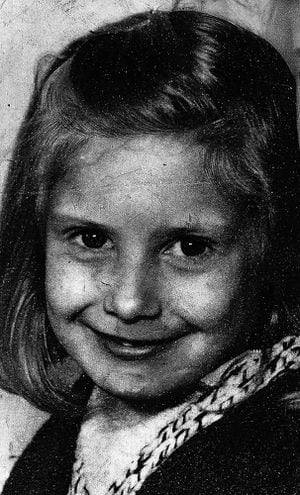
Morris was first wed in 1951 and went on to father two boys though that marriage lasted only eight years and ended in divorce. However, at the age of 35, Morris married again, this time to 21-year-old Carol. He went through a variety of jobs before landing a position as a foreman engineer at a precision instruments factory in Oldbury in 1967.
The search for Christine attracted unprecedented public interest. Makeshift police desks were set up on pavements in the local neighbourhood as the search for Christine intensified, Days later a policeman found the youngster's underwear on the Chase and Scotland Yard detectives were called in.
The grim discovery of Christine's body was made by a soldier on August 22, 1967, who was involved in the search for the Palfrey Infants School pupil. Her body was found beneath brushwood only a mile away from where Margaret and Diane were discovered.
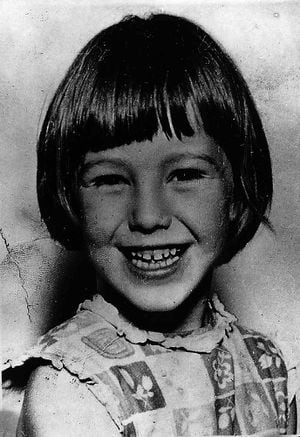
She had been suffocated. The police inquiry ended up being one of the biggest murder investigations in British criminal history. The manhunt was larger than that of the infamous Moors murders. It was reported that before Morris's arrest, 150 detectives would visit 39,000 homes, interview 80,000 people and check over a million car forms. Culling 25,000 vehicles from 1,375,000 files, investigators checked every Austin A55 and A60 in the Midlands.
Posters were printed in the Express & Star to help in the search of Christine and e-fit appeals were also printed.
The three murders were similar in that each victim was determined to have been coaxed into a car while near her home, then killed after being sexually assaulted. Christine, Margaret and Diane lived within a 17-mile radius of each other and near the A34 that passes through Cannock Chase.
At the time, Mr Lowbridge was just three years into what would be a 30-year-career with the police force, with a four-year-old daughter of his own.
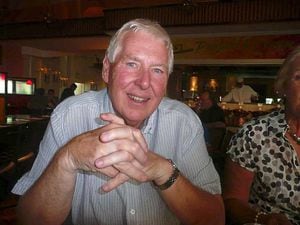
He said: "You can't help attaching it with your own family. I think most of the force would have run through a brick wall if they had to, to get hold of the man who had done it."
Despite being interviewed by police several times prior to his arrest, Morris manipulated his family into giving him an alibi, always narrowly avoiding police attention. The very scale of the operation may have in fact worked in his favour.
Mr Lowbridge, now 72, said: "When Diane Tift went missing, the powers-that-be decided to search every house in Leamore within about a mile radius.
"We then interviewed everybody in the area who owned a grey A55 and we tried to talk to every male who lived in the Walsall area - there was no shortlist, we had no suspects, we didn't have a clue who had done it."
Whilst the police carried out the unprecedented manhunt – bigger than that of the infamous Moors' murders – Morris continued working as an engineer in Oldbury, living at home with his second wife and two children.
The opportunist killer would drive around looking for his next victim and it was on November 4 ,1968, when he attempted to abduct Margaret Aulton, that his killing spree came to an end. Little did Morris know that he was being observed by an 18-year-old housewife.
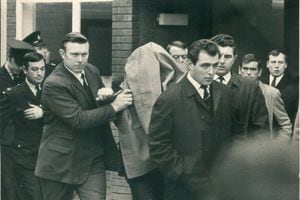
The witness managed to get his number plate, albeit two digits in the wrong place, however working through the night, the police managed to amend her error, pinpointing Morris who was arrested at work the following day.
Throughout the duration of the investigation, Morris had been spoken to on four occasions by officers but he still slipped through the net. He was ruled out of Christine's death after his wife Carol gave him an alibi.
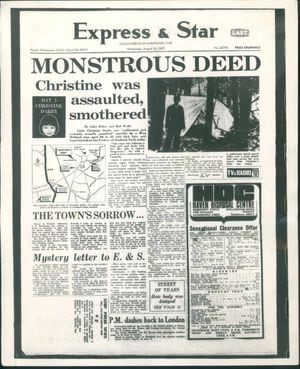
She eventually admitted the alibi was false after pornographic images of children were found in his flat. Police arrested Morris 15 months after Christine's body was found.
Carol was chief witness for the prosecution at the trial in Stafford and she retracted what she had initially told investigators about shopping on the day of Christine's murder.
Morris was convicted of Christine Darby's murder and sentenced to life imprisonment in February 1969.
He appeared to be remorseless to the end, even attempting to get his freedom in 2010. Morris died last year, having spent the final 45 years of his life in prison.
Now retired, Mr Lowbridge sometimes thinks back to that day. He says: "He was a truly evil person. You don't deal with many child murderers thank goodness. Morris was pretty horrific. I was involved in a lot of other murder cases later on but this one sticks in your mind.
"This is the one you wish you could shut off in that box in the back of your memory because it was so evil."

